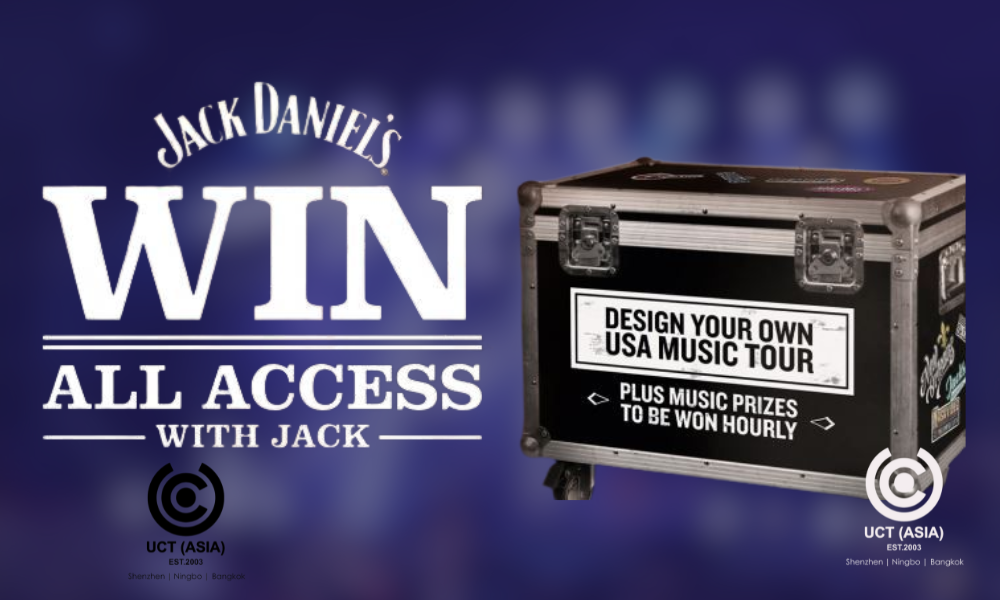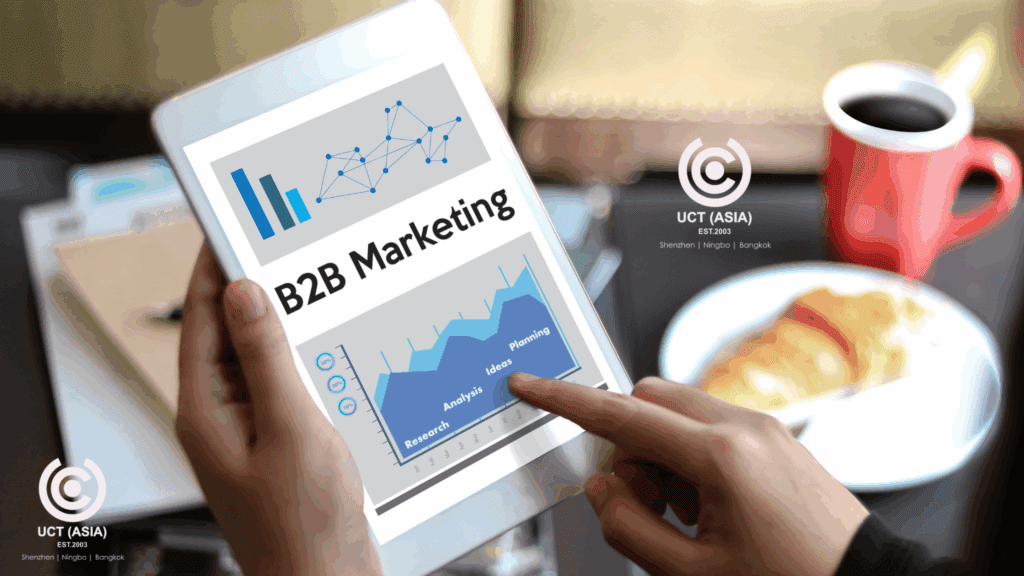
The first step to elevating your brand is drawing more attention to it. Business growth starts with making more people aware of it. However, the attention we’re talking about is not the transitory awareness of ads that disappear in seconds. We’re talking about the awareness that sticks for months, and even years.
Imagine a client seeing a notebook you gave them six months ago in his drawer and immediately remembering your brand. That’s the kind of awareness we’re talking about. And you achieve this through strategic merchandise marketing!
What is Merchandise Marketing?
Merchandise marketing is the process of promoting your brand with physical branded items such as tote bags, mugs, apparel, or tech accessories. These items can be sold or given away, but the catch is that they become physical reminders of your brand and mobile billboards that elevate your brand identity.
Why Merchandise Marketing Works

Think about the last time you received a valuable promotional item. Do you remember the brand behind it? Chances are, you do. This shows that merchandise marketing works well because customers can actually touch and see the product.
The realness of the product makes it more memorable and helps people feel more connected to the brand. Unlike digital ads that disappear in seconds, physical products stick around, making repeated impressions without requiring additional cost.
Strategic Ways to Use Merchandise for Brand Growth
So, how do you make merchandise work for your business goals? Here are proven strategies to consider:
1. Align Your Merchandise With Your Campaign Objectives
Your merchandise must align with your campaign goals. Let’s say you are trying to generate leads. The best merchandise items to offer are those that work as incentives. What if you’re trying to reward loyal customers? Personalizing the merchandise or offering them a discount works well. And if you’re launching a new product? Popular and versatile merchandise is perfect.
2. Know Your Audience and Personalize Where Possible
When your merchandise speaks directly to your audience’s interests, it becomes more valuable and appreciated. For example, giving away gym merchandise like water bottles or towels makes more sense if your targets are gym lovers. But you can only get this right if you understand who they are before anything else. For instance, if you don’t know what your audience likes, you might give something they don’t care about, making it less meaningful.
3. Choose Trending or Eco-conscious Items
Merchandise trends change with time. So, growing as a brand means you must
Embrace these trends to stay relevant. For example, most of today’s consumers prefer eco-conscious products, so offering merchandise that resonates with their interests and values is a no-brainer. Trending merchandise could also include the latest products that are being talked about.
4. Leverage Merchandise During Events or Collaborations
Trade shows, webinars, and brand collaborations are perfect opportunities for distributing branded merchandise that amplifies your message. Brand merchandise tied to a specific moment or campaign becomes more memorable and effective.
Measuring the Impact of Merchandise Marketing
No Marketing is complete without measuring impact. It’s the only way you know if your strategy is working. Ensure you track major key performance indicators to help you make better decisions for your subsequent campaigns.
Take Your Brand to the Next Level with UCT (Asia)!
Partner with UCT (Asia), your trusted sourcing and promotional marketing expert. Let’s help you create creative marketing concepts and custom brand merchandise that yields real results. Contact us today to get started!

